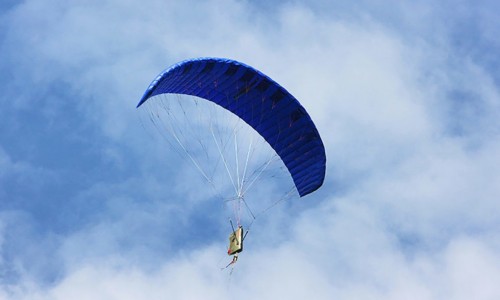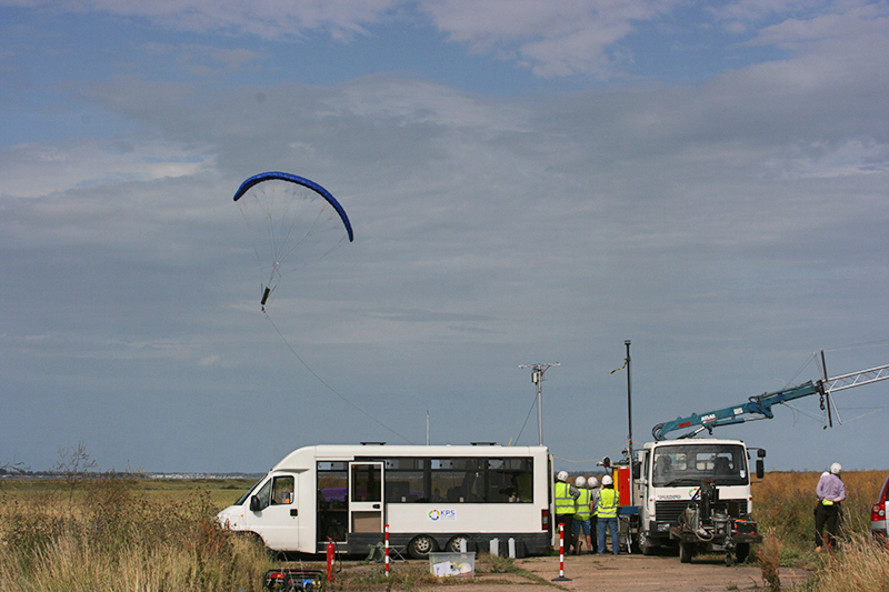RECOMMENDED VIDEOS

Ciel & Terre USA: First Hydrelio Floating PV system…
Ciel Terre International

Energy Storage Solution "CrystEna" - Hitachi
Hitachi Asia Ltd

AEG PS: Solar Solutions
AEG Power Solutions B.V.

The key to geothermal energy in KSA
GA Drilling a.s.

SunEdison Outdoor Microstation
SunEdison
Related Stories
The City of London will be powered with 100% renewable energy by October 2018
The largest solar farm apiary in the US opens this week
New study suggests that plastic waste may be transformed into usable energy
Uravu’s zero-electricity Aqua Panels produce gallons of water from thin air
104% of Portugal’s electricity consumption in March came from renewable energy
13 Oct, 2016

Scotland region will be 100% powered by kites within a decade
Renewable Energy & Energy Efficiency | UNITED KINGDOM | 13 Oct, 2016
Published by : Eco Media Asia
In parts of Scotland, one response to the need for renewable energy is to go fly a kite. No, really. In just under 10 years, kites will generate power for an entire region of Scotland, thanks to efforts by a British company named Kite Power Solutions. Their “kytoons” (hybrid kite-balloon power systems) look like parachutes, and fly on the jet stream at 20,000 feet elevation, moving up and down in the wind currents to generate hundreds of megawatts of energy for a super low cost.
Kite Power Solutions will soon install a 500-kilowatt system of kite-supported power stations at the Ministry of Defense’s West Freugh Range, near the town of Stranraer. By 2025, the company expects the offshore kite station to be up and running, generating clean renewable energy from the jet stream. KPS says their system is so affordable that it won’t need any of the tax-based government subsidies other renewable energy projects tend to rely on. The project will be backed instead by Royal Dutch Shell oil company and the UK government.
Each high-flying kite measures approximately 131 feet (40 meters) wide and is capable of generating up to three megawatts of electricity. That’s similar to the output of a single 328-foot (100-meter) wind turbine. One of the big advantages to a kite-based power system is that they can be put to use in places where a traditional offshore wind turbine would be difficult to install, and they require much less maintenance over time, making them less expensive to operate. KPS says a ‘farm’ of just over 1,000 kites could produce as much electricity as the planned Hinkley Point C nuclear power station.

Because Scotland is very windy, the kites will be generating power most of the time. David Ainsworth, business development director of Kite Power Solutions, estimates there will be fewer than 10 days a year when the kytoons not generate energy. During those periods, a fan will keep the kites up in the air until the wind picks up again.
